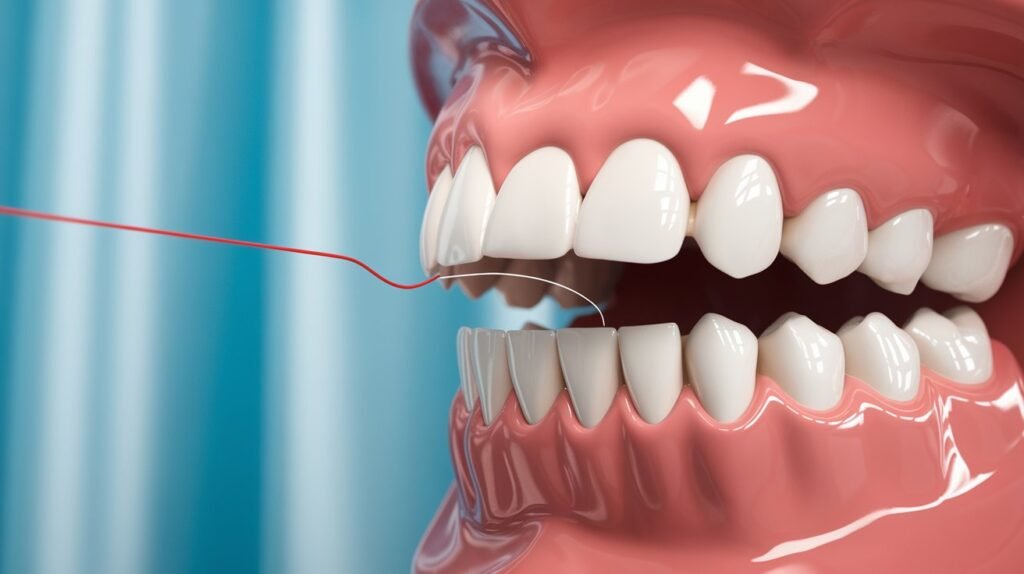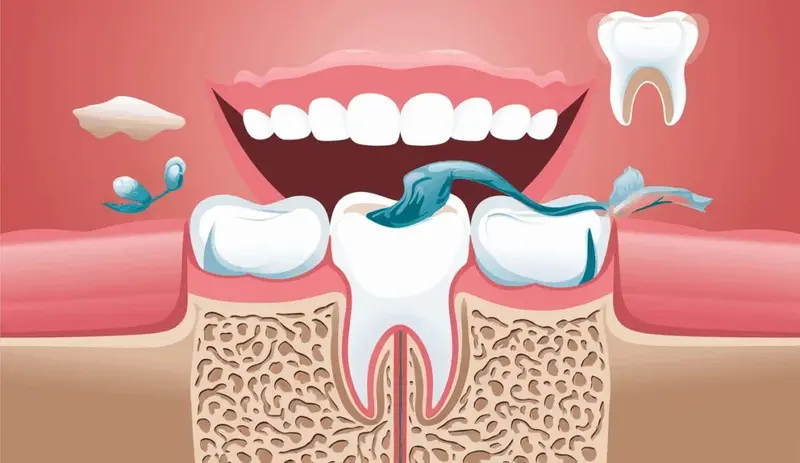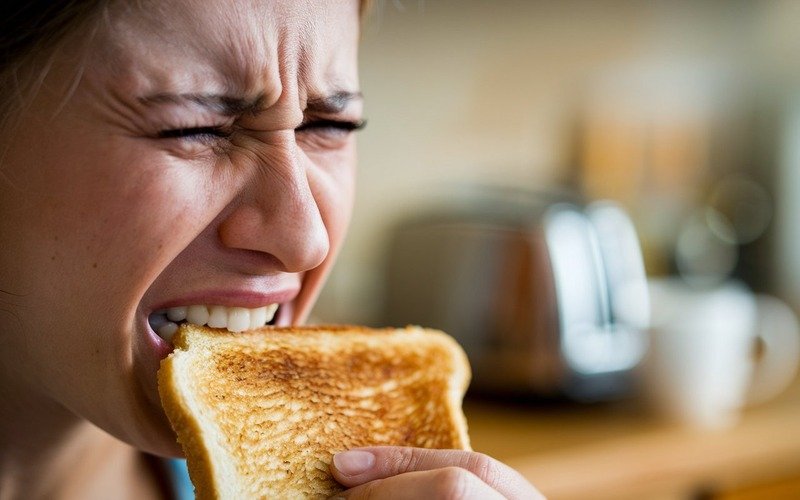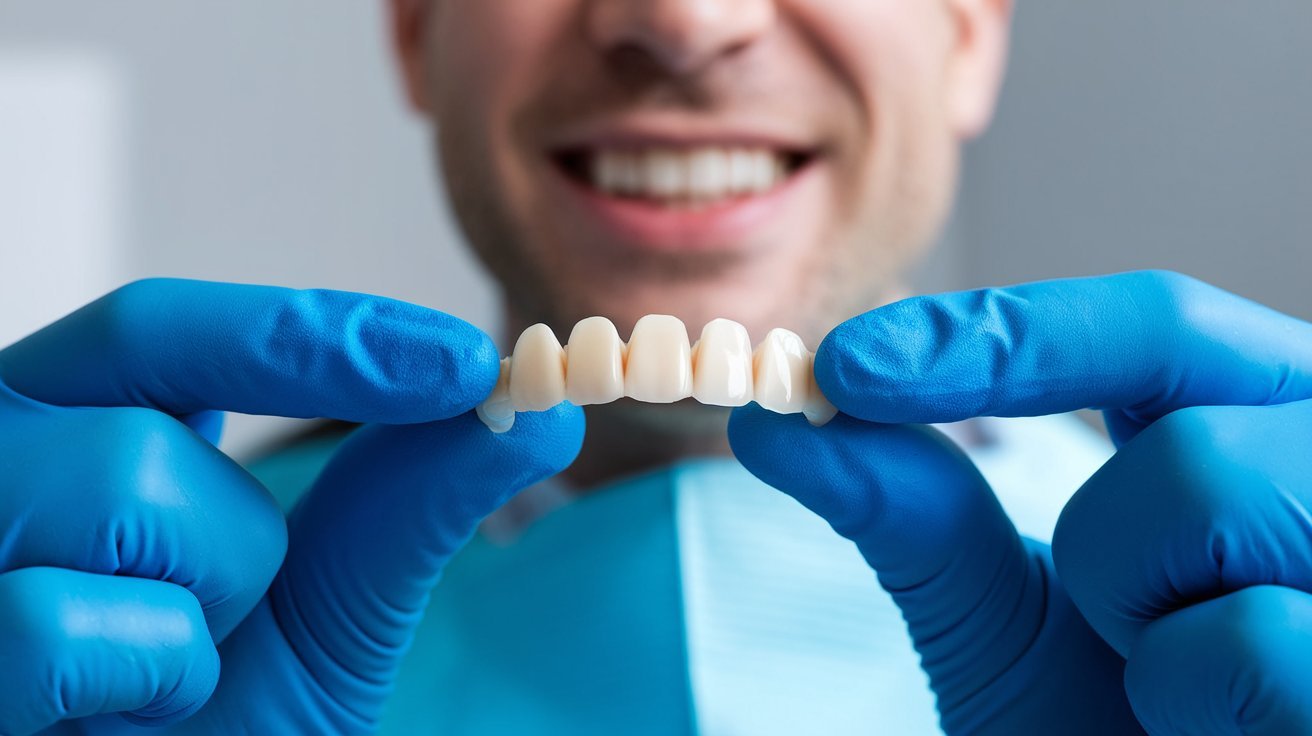
You’re standing in front of the bathroom mirror, carefully flossing like your dentist always tells you to. But then it happens – a little red appears on the floss. Panic starts to set in. Are you doing something wrong? Is this a sign of something serious? Your mind starts racing with worst-case scenarios.
Take a deep breath. Bleeding gums are more common than you might think, and they don’t always mean disaster. In this guide, we’ll break down exactly why your gums might be bleeding, what it means, and most importantly – how to make it stop.
What Causes Gum Bleeding? The Surprising Truth
Let us discuss something that the majority of individuals avoid talking about, yet everyone can relate to: bleeding gums. It’s that situation when you’re in the act of cleaning your teeth and, without any warning, detect the most subtle shade of red bathing your mouth.
Most people lose it when this happens. But here’s a real kicker: Gum bleeding is often nothing more than a sign that your mouth is trying to tell you, in no uncertain terms, that you need to make a dental appointment pronto.
Here, the main bad guy is plaque, that nasty sticky film of bacteria that builds up along healthy and diseased gumlines. Plaque is what gets your gumline all inflamed and makes your gums super mad (and oh, so tender!) when you brush and floss. If your gums bleed during brushing or flossing, they might be warning you that you’re about to lose some teeth.
Most people don’t realize this: flossing inconsistently makes your gums bleed more. If you don’t floss regularly, the bacteria between your teeth have all the time in the world to settle in and multiply, creating ginormous biofilms that are just dying to cause your gums to become inflamed.
And when you don’t floss, you’re practically feeding your gums biofilm food, because they’re full of your favorite (and only) biofilm bacteria.
Is This Normal? Understanding Gum Health
Bleeding gums aren’t always something to panic about. They may occur now and then, especially if you are using a new flossing method or have recently changed your brushing style.
Your gums should look pink and feel firm. They also should not put forth any blood when you are cleaning them-whether that involves brushing, flossing, or some other means of dental hygiene. If they do, that could be a sign of periodontal (gum) disease.
The state of your gum health provides valuable insight into your overall health. Continued bleeding might indicate periodontal disease, gingivitis, or even systemic health problems.
When your gums bleed, it’s your body’s way of saying, “Listen up! Something’s not right in your mouth, and it could be related to something else, like your heart, lungs, or digestive tract!”
You Must Read: How Long Should You REALLY Brush Your Teeth? [The Truth]
Your Flossing Technique Matters More Than You Think
It’s not just a matter of moving string between your teeth when you floss-it’s a form of art. Unfortunately, most people do it way too aggressively. This is not an art form that you want to be power-washing your gums. You’re not washing them clean; you’re just making them clean or healthier for a second.
Picture yourself carefully cleaning something delicate. That’s how you should think of your mouth when you’re flossing. Use a soft, up-and-down motion, hugging each tooth’s side, without forcing or snapping the floss. Your gums are sensitive, and treating them with care makes all the difference.
When to Worry: Red Flags to Watch For
Thus, when ought you to be really worried? Consider these as some significant signals to heed:
- Blood that doesn’t stop pouring from the mouth after seven days of appropriate dental hygiene
- Inflamed, ballooning gums
- Bad breath that doesn’t go away
- Gum tissue that is retreating from the surface of the teeth
- Teeth that are so loose they could come out at any moment
These symptoms mean it’s time to make a dental appointment near me. But there’s no need to panic, because with dental care and better home hygiene, most problems with the gums can be cured.
Quick Fixes to Stop Gum Bleeding
Prepared to seize the authority over your gum health? Initiate it with these actionable measures:
Enhance your oral hygiene regimen by using a soft-bristled toothbrush to brush at least twice daily. For gentler, more effective cleaning, consider an electric toothbrush. Clean between your teeth daily with dental floss, and do it right! Include an antiseptic mouthwash in your routine to reduce bacteria.
Nutrition is another factor. Consuming foods abundant in vitamin C and antioxidants can bolster gum health. Consider these options: dark leafy greens, fruits with a lot of vitamin C (like oranges and other citruses), and lean proteins. Try to avoid sugary and highly processed foods that serve as a petri dish for bacteria.
The news that is good is that the gums can heal. With care that is consistent and gentle, the condition of the gums can be improved in a matter of weeks. The mouth is built to last – support it in the way that is right, and it will return the favor.
Wrap up with an encouraging message about gum health. Emphasize that bleeding gums are a message from your body, not a death sentence. Remind readers that with proper care, they can improve their oral health and stop the bleeding.






